From everyman to saviour: NZ’s political peacocks show their trains

New Zealand is a land thick with political peacocks of all colours, each actively seeking attention and affection from passing voters.
With the country waist-deep in political campaigning ahead of the October 14 general election, like peacocks showing off their trains when the mood strikes party leaders are unfurling their own feathers in the act of political seduction.
Thanks to its proportional representational system, New Zealand enjoys – and maybe suffers – a menagerie of political leaders in every direction. And though voters are principally concerned with the high cost of living, crime rates and healthcare, leadership remains important in defining voter preferences.
This sees New Zealand’s main party leaders actively advance individual identities for political gain.
In this election season, voters are being subjected to leadership portrayed as: the everyman; the manager; the saviour; the mover and shaker and moralists, and disrupters.
The everyman PM
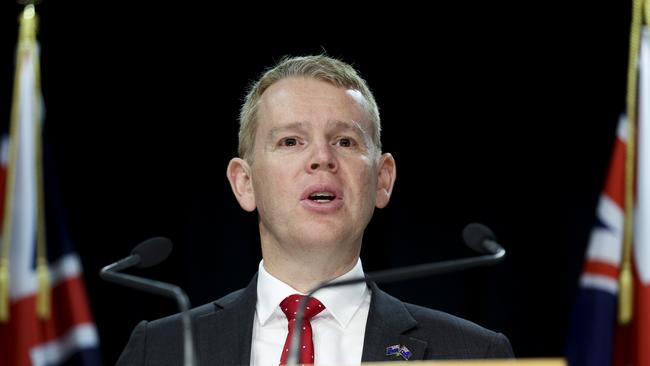
The ‘everyman’ persona has been taken up by embattled Labour Prime Minister Chris Hipkins. His political currency is heavily weighted toward his relatability, lack of pretension and his down-to-earth manner. He’s a man widely known for his strong feelings towards the humble but popular sausage roll, while his party’s campaign slogan is ‘In It For You’. Hipkins trades heavily on his everyman-ness as well as his more moderate political leanings to draw support from the heavy-populated political centre, without which electoral victory cannot be certain.
But with Labour continually polling behind the opposition National Party and his own personal polling flatlining, Hipkins’ erstwhile buoyant attitude has been displaced by his “frustration” – his own words – at his Government’s inability to fulfil many of its commitments and its various ministerial scandals.
Many voters, it seems, prefer to see the hard-not-to-like Hipkins as simply a career politician who has become stale and unable to inspire the country. The captain of a damaged and listing ship.
The manager
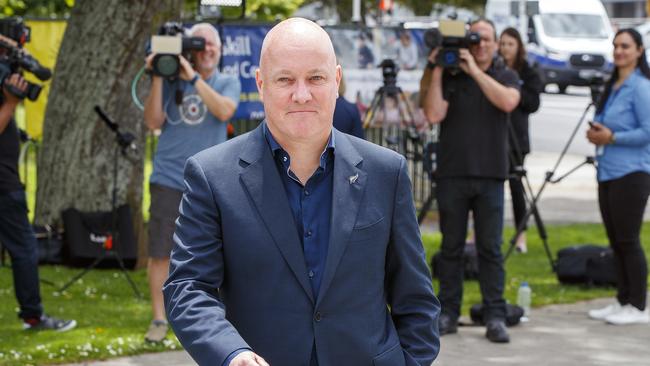
National’s leader Christopher Luxon is eager to be seen as capable manager of the country’s affairs, especially its vacillating economy. Despite sharing some of the same centre ground as Hipkins during the two leaders’ debates, Luxon wants to be seen as a juxtaposition to the man he seeks to replace. The former Air New Zealand CEO heavily leans into being a fresh, non-career politician – a leader born of the world of getting things done under cost and on time, without dispatching quality.
Tied to this identity is the National’s own campaign slogan, a vow to ‘get our country back on track’.
Though Luxon is strongly positioned to become the next prime minister, aspects of his character feed some voter diffidence. Among them are his private wealth, religiosity, social conservatism, but also his political inexperience. He has been subjected to personal political attacks from trade unions and other Labour Party allies with the refrain that he is out of touch and too much of a risk to be in charge of the country.
The mover and shaker
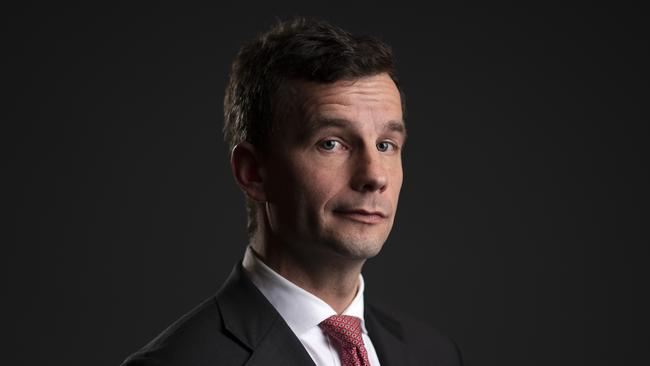
As a probable junior partner in a Luxon-led administration, David Seymour – leader of the small libertarian ACT Party – wants voters to know that he lives the world of ideas and action.
This, he believes, will see him move mountains and shake the ground should he find his way to power. This includes reforming the public service, side lining co-governance with the indigenous Māori and bedding in tougher law and order measures.
While Seymour’s sense of agency and mission help fuel his popularity, some voters are left thinking that the 40 year-old political tyro is simply an impatient fire-starter.
The saviour

The saviour is, of course, Winston Peters – at least in his own mind. Few, if any, party leaders hear the bugle note of destiny more clearly and have a more unshakeable faith in their own powers than the leader of the NZ First Party and former deputy minister.
As Peters seeks his party’s return to parliament after being voted out in the last election, the chosen narrative of his leadership is basic as it is familiar: ‘the country needs saving and I’m the only one to do it’.
Peters’ charge to rescue the nation from itself has flooded his entire political career – which dates to 1979. Fed by his powerful personal magnetism, followers relish how Peters mixes the gospel of hope with pious criticism of the present.
To many others, however, Peters presents as a hoary politician unconcerned by modernity with an unmatched ability to summon the politics of resentment.
The moral compass
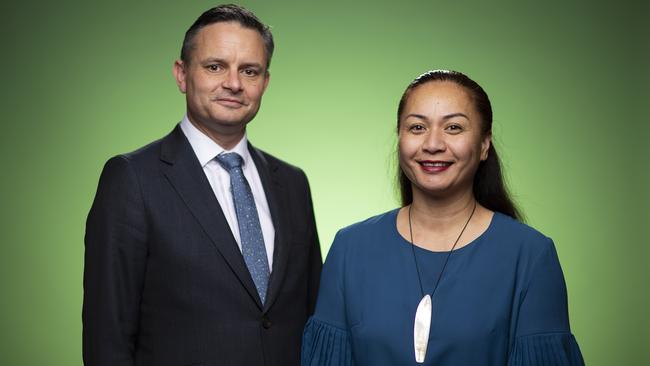
By choice or chance, the Green Party co-leaders James Shaw and Marama Davidson portray themselves as the nation’s moral compass. Policing the moral shortcomings on matters dear to party ideals – social justice, economic equality, addressing climate change and safeguarding the environment – form a big part of their political identities. Though most Kiwis see these ideals as noble, the duo’s frequent sermonising and calls for dramatic course corrections can tire voters, and drain enthusiasm for the party and its leaders.
The disrupters
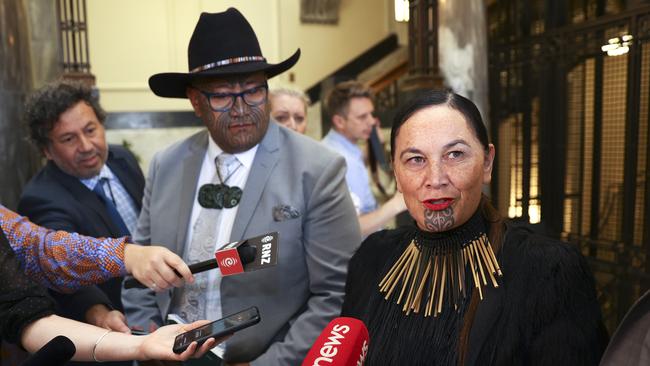
Debbie Ngarewa-Packer and Rawiri Waititi are the co-leaders of Te Pāti Māori, a party that seeks to advance iwi (the Māori people or tribes) interests above all else. The pair are among the most country’s most provocative and disruptive politicians – a picture they seem happy, almost eager, to paint of themselves.
Norm busting and convention attacking are central to their public identities. Wise to the reality that their point of view is unlikely to appeal to the wider public, they draw a narrow focus, and often employ blunt and uncompromising language to make their case. Depending on the audience, the pair’s leadership is either viewed as passionate and stout-hearted or pugnacious and divisive.
Differentiation in representation and diversity of ideas are key touchstones of the modern NZ political arc. This is reflected in the country’s electoral system, the multiparity parliament and the different visages party leaders adopt in their politicking.
The peacocking will endure a few weeks more and will quite naturally continue to be embraced by party leaders. After all, in many societies the appearance of peacocks harbour good omens – which is all any politician wants.


